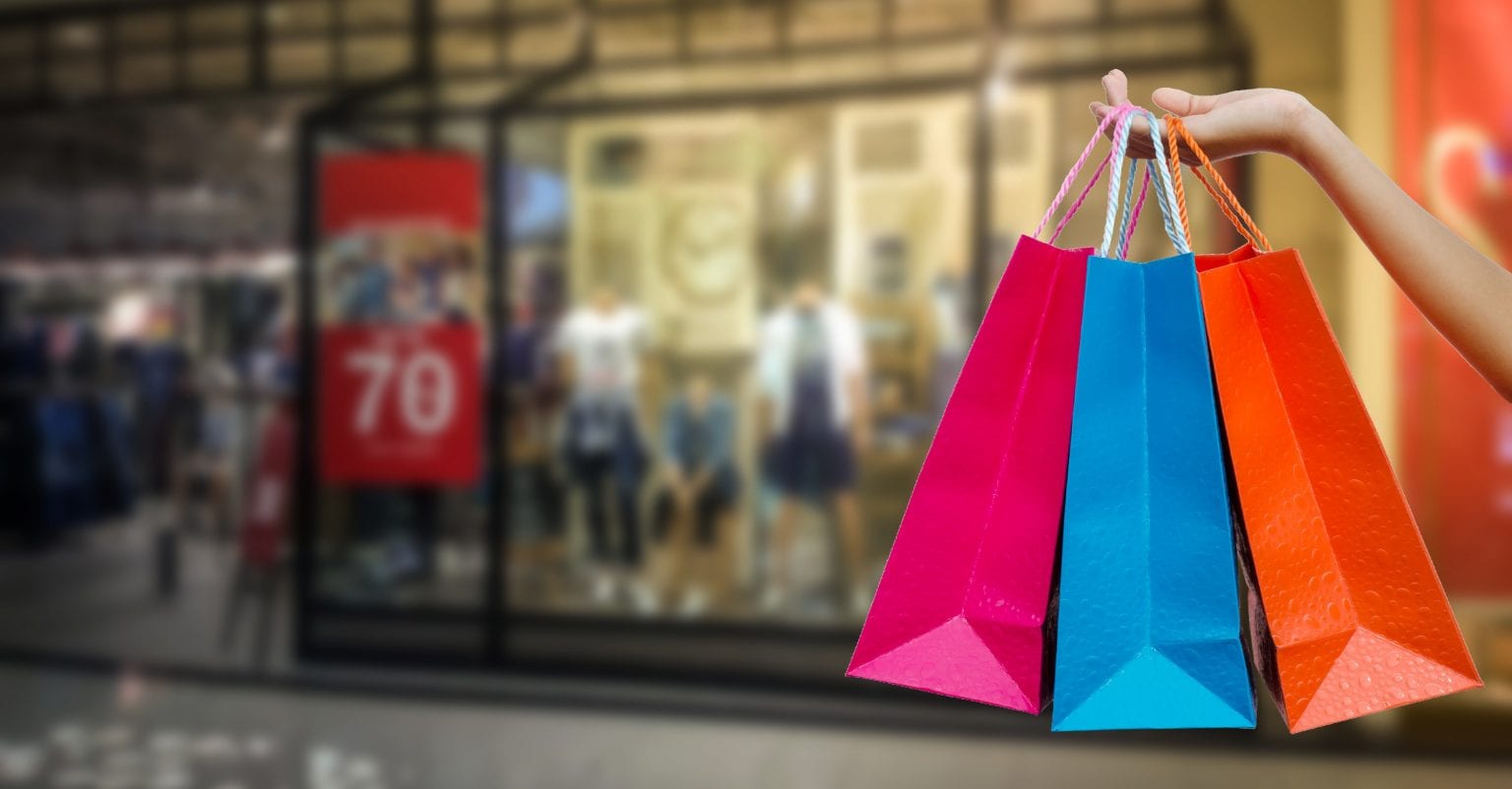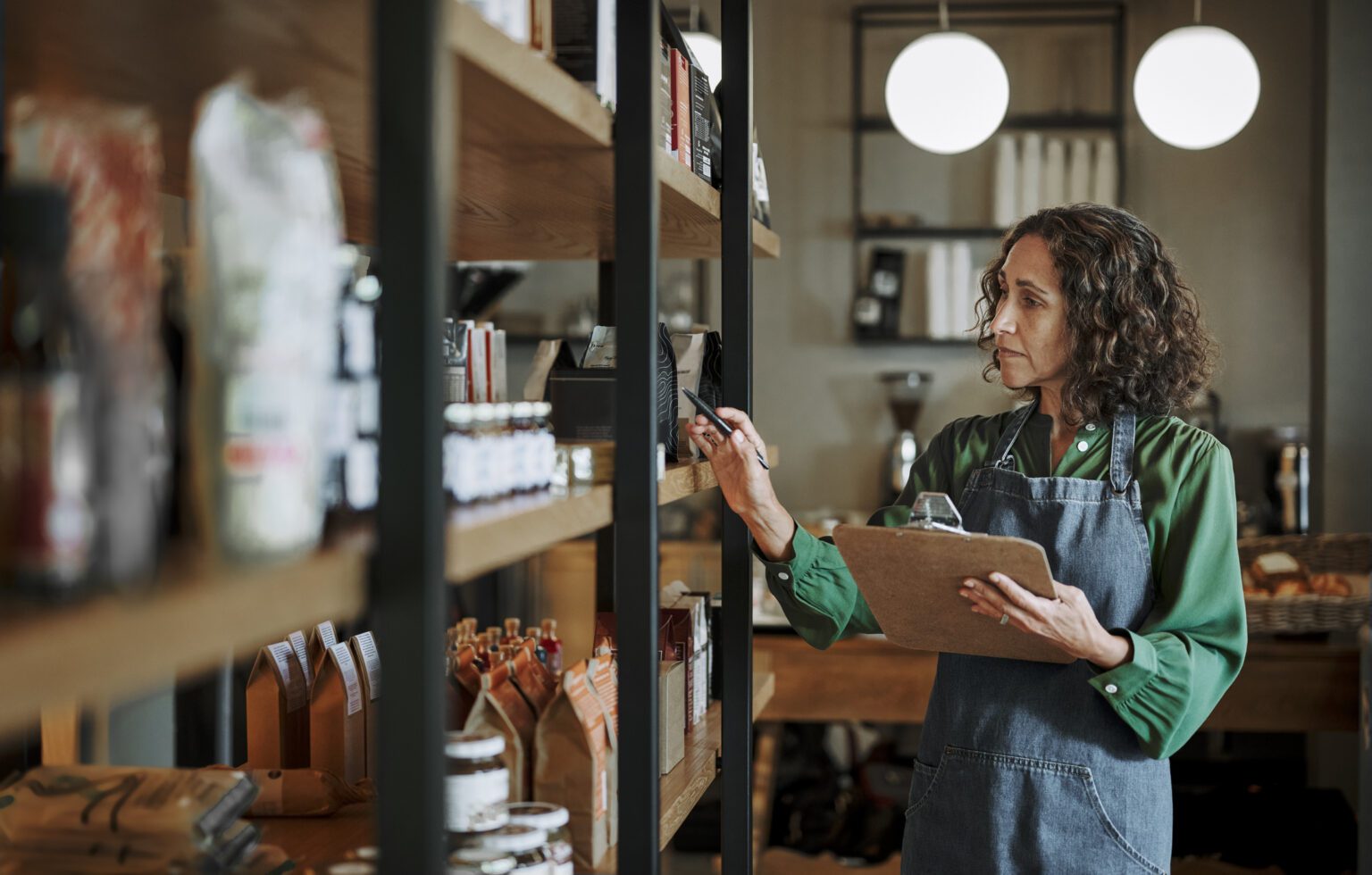For Aussie retailers, the summer months might be a chance to boost sales and cash flow after a challenging year, with Black Friday and Cyber Monday sales – this year on 27 and 30 November – kicking off the silly season.
At a glance
Here's a snapshot of the advice from our interviewees:
- Prepare as early as possible.
- Look at historical records for an indication of the inventory you might need.
- Think creatively about how you can use existing excess stock.
- Trial using samples or gifts with purchase as a way to incentivise customers.
- Create VIP offers for existing customers.
The Black Friday sale has been one of the biggest shopping drives of the year for a long time in America. In recent years, Australian businesses have jumped on the bandwagon by embracing the end of November as a chance to draw customers in with big discounts and special offers.
“Black Friday alone has been a $5 billion event nationally [in previous years],” says Brian Walker, CEO of retail consultancy Retail Doctor.
Add in Cyber Monday – Black Friday’s online counterpart – and you’ve got double the opportunity to get in front of shoppers and pad your bank account coming into the year’s end. Cyber Monday will deserve special attention this year with more customers having embraced online shopping as a result of COVID-19 restrictions.
“Pre-COVID, online sales were an average of about 9% of total retail sales,” he says. “So, 9% of about $350 billion. And now we’re seeing numbers, through our insights work, of about 14 to 15% on average.”
For many businesses, this injection of revenue will likely be a welcome relief after what has been a tumultuous year. But if you want to make the most of this opportunity, you need to be prepared.
Prepare early and reap the rewards
You need to start preparing weeks in advance, says Nicci Bilinsky, the founder of Melbourne skincare company House of Vimm, who had success from participating in these sales last year – she estimates it brought in around $30K for her business.
Bilinsky also starts planning for end of year sales at the same time.
Walker says preparing inventory early is also crucial.
“Inventory management is a very big part of a retailer’s business, and it’s often the difference between success or otherwise,” he says. “Look at historical records and then predict [inventory requirements] on that basis.”
He admits that COVID-19 makes things more complicated. So, don’t expect to see the exact same numbers you did in 2019.
Create special offers
Bilinsky adds that existing inventory can be used to shape the discounts you offer.
“What have you got a lot of? And how can you create an offer around that?” she says. For example, she bundles products with other items as bonuses or gifts with purchase.
“Use cheaper products or lower selling/excess quantity products to add value to higher-cost offers over this period.”
Bilinsky crafts her discounts for maximum impact.
“I don’t use percentage discounts very much, because they’re so generic,” she says. “That can lead to abandonment too, because people think, ‘Ooh, 20%!’, and they get to the cart and the 20% isn’t really that much.”
She prefers to promote her discounts by offering exact value discounts – $50 off, for example – instead of percentages as this feels more upfront and genuine, she says.
Market yourself ahead of the sales
Juicy discounts are nothing if shoppers don’t hear about them, which is where marketing comes in.
Walker says many retailers should be combining the impact of their physical and online presence together by making their digital presence known in stores.
“You should be advertising on your websites and on social media too,” he adds. “And you’d be linking this through a CRM platform to your customers – that is a database-type loyalty program.”
Bilinksy draws up an entire marketing strategy for her Black Friday and Cyber Monday sales campaigns, including lead generation ads catered to specific audiences, competitions on social media and emails to her existing customer base. Last year, she installed a pop-up on her website promoting a $1,000 giveaway, which she said was fruitful in gaining more customers.
“You generally want to have a strategy aligned around your current customer base, while running lead gens to attract new customers,” she advises. Last year, she spent under $1,000 on creating a lead generation campaign and got around 750 leads as a result.
For more information about creating a lead generation campaign, read this article.
Thank your VIPs for their customer loyalty
By creating a connection with her customers, Bilinsky has built a sense of community and loyalty to her brand.
“What we did last year was classify [existing customers] as VIPs,” she says. This VIP list received news of special offers in advance.
“We launched two special [VIP] offers and we didn’t tell people when we were going to do it, which sort of increased the excitement factor.”
As a general rule, she also launches her Black Friday campaign the weekend before the actual date as a way to get ahead of the millions of other businesses that promote sales at this time.








